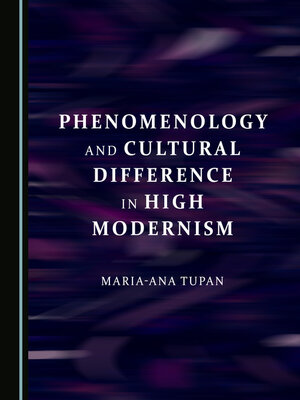
Sign up to save your library
With an OverDrive account, you can save your favorite libraries for at-a-glance information about availability. Find out more about OverDrive accounts.
Find this title in Libby, the library reading app by OverDrive.



Search for a digital library with this title
Title found at these libraries:
| Library Name | Distance |
|---|---|
| Loading... |
Born at the intersection of literary analysis and cultural history, the present book collects evidence in support of the idea that, far from being decadent, in the sense of perverse pursuit of gratuitous refinement and aesthetic relief from historical apathy, the art at the turn of the twentieth century was energised by a desire for meaningful form, grounded in current epistemology, especially of the science maîtresse of the time, psychology, and other kindred disciplines – psychological phenomenology and phenomenological existentialism.The circle of influencers has been broadened to include figures of the latter half of the nineteenth century and the beginning of the twentieth, such as Washington Allston, H. L. Mansel, Wilhelm Wundt, Alexander Bain, Alfred Binet, Alfred Adler, and Sándor Ferenczi, whose shadows are shown to be looming behind modernist texts by T. S. Eliot, James Joyce, Virginia Woolf, Thomas Wolfe, Wallace Stevens, T. E. Hulme, Flann O'Brien, Mircea Eliade, amongst others.A less-discussed subject, literary genre in modernism, is redefined in light of psychology-based modernist aesthetics.







